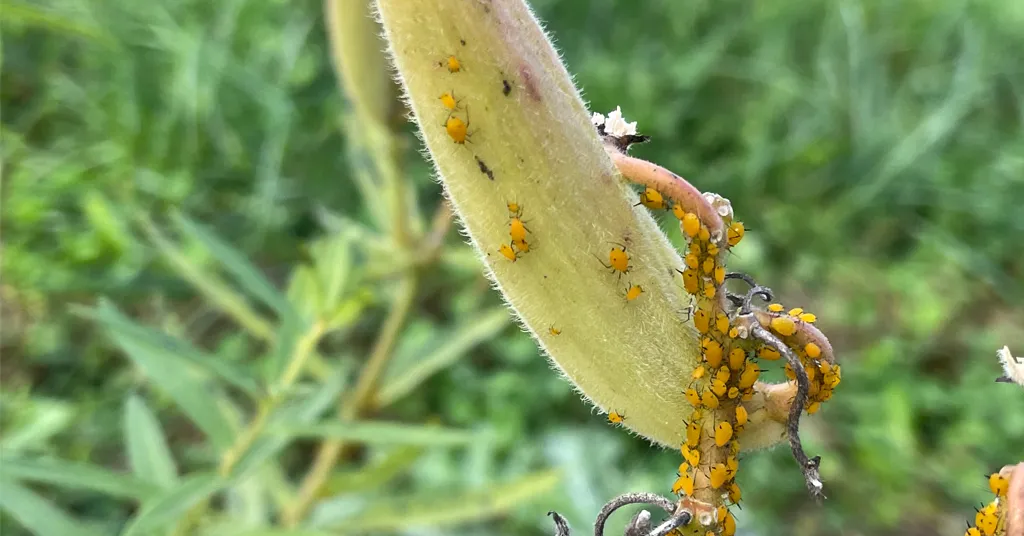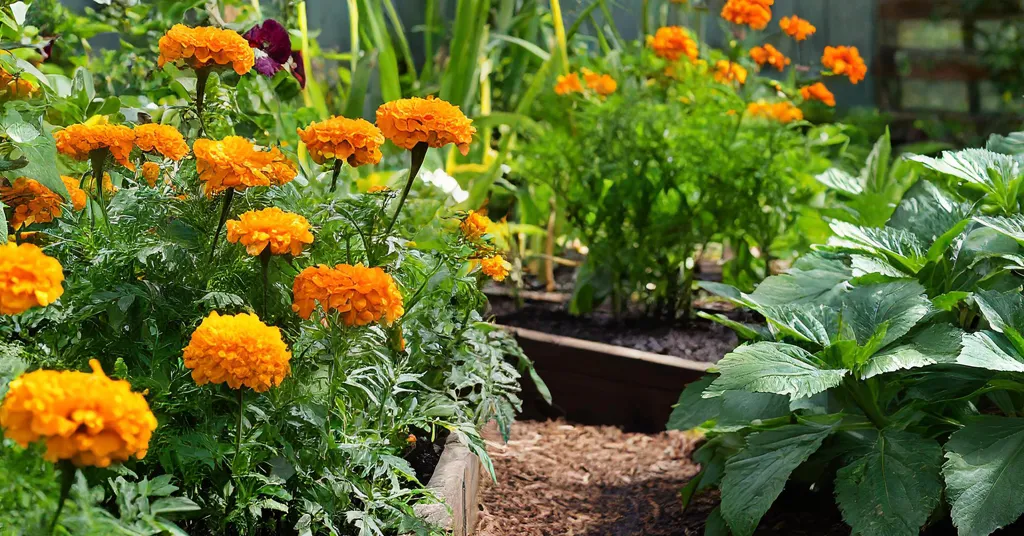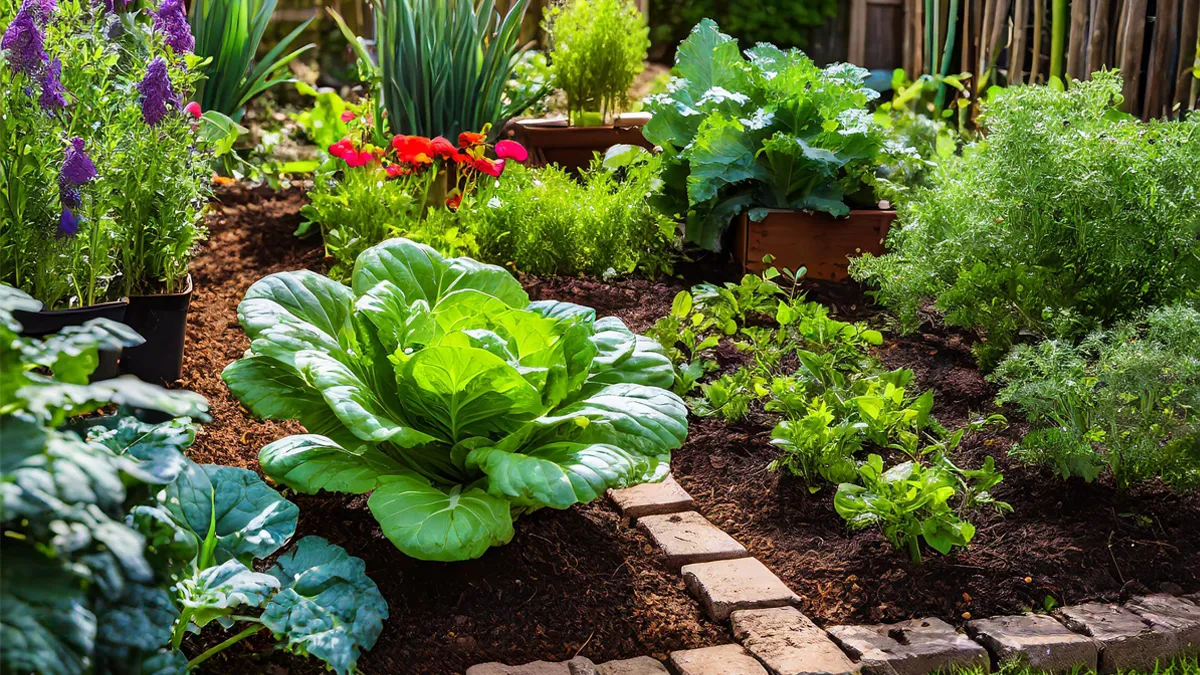This post may contain affiliate links. When you purchase through links on my site, I may earn a commission at no cost to you. See my Privacy Policy for details.
Companion planting is a gardening technique that has been practiced for centuries, dating back to indigenous cultures. It involves planting different crops in proximity to each other to enhance growth, deter pests, and improve overall plant health. This age-old practice is not only beneficial for the health of your plants but also promotes biodiversity and sustainability in your garden. Let’s explore the benefits of companion planting, popular plant combinations, and tips for success.
Understanding Companion Planting
Companion planting is based on the principle that certain plants can benefit each other when grown together. This can be achieved through various mechanisms, such as:
- Pest Control: Some plants produce natural substances that repel pests or attract beneficial insects that prey on pests. For example, planting marigolds alongside tomatoes can help deter nematodes.
- Nutrient Enhancement: Certain plants have deep or extensive root systems that can access nutrients in the soil that are out of reach for other plants. For instance, planting nitrogen-fixing legumes like peas or beans alongside heavy feeders like corn can improve soil fertility.
- Space Utilization: Companion planting can help maximize the use of space in your garden by planting crops that grow at different heights or have different root structures together. For example, planting lettuce under tall, leafy plants like tomatoes can help shade the lettuce and extend its growing season.
Benefits of Companion Planting
One of the key benefits of companion planting is natural pest control. By planting pest-repelling plants alongside vulnerable crops, you can reduce the need for chemical pesticides. Certain plants, when grown together, can repel pests or attract beneficial insects that prey on harmful ones. For example, planting marigolds alongside vegetables can help deter nematodes, aphids, and other pests.

Companion planting also improves soil health. Plants have varying root structures, with some plants having deep roots that break up compacted soil, allowing air and water to penetrate more easily. Additionally, some plants, like legumes, fix nitrogen in the soil, benefiting neighboring plants.
Another benefit is increased yield. Companion planting can help increase the yield of your crops by providing optimal growing conditions and reducing competition for resources. Some plant combinations complement each other, such as the “Three Sisters” combination of corn, beans, and squash. The corn provides a structure for the beans to climb, while the beans fix nitrogen in the soil for the corn and squash.
Popular Companion Planting Combinations
Here are some popular companion planting combinations that have been used for centuries:
- The Three Sisters: This is perhaps one of the most well-known companion planting combinations, originating from Native American gardening practices. The Three Sisters are corn, beans, and squash, which are planted together in a mound or hill. Corn provides a structure for the beans to climb, while beans fix nitrogen in the soil, benefiting the corn and squash. Squash acts as a living mulch, shading the soil and reducing weeds, while also providing a ground cover that helps retain moisture.
- Tomatoes and Basil: Tomatoes and basil are commonly planted together not only because they complement each other in the kitchen but also because they benefit each other in the garden. Basil is believed to improve the flavor of tomatoes when grown nearby. Additionally, basil has strong aromatic oils that can repel pests like aphids, flies, and mosquitoes, which can help protect the tomato plants.
- Onions and Carrots: Planting onions alongside carrots can help deter carrot flies and other pests that attack carrots. Onions have a strong smell that can mask the scent of carrots, making it harder for pests to locate them. This companion planting combination can help protect your carrot crop naturally.
- Marigolds and Vegetables: Marigolds are often planted among vegetables to deter pests with their strong fragrance and root secretions. Marigolds contain compounds that are toxic to certain pests, such as nematodes, which can help protect nearby vegetables. Additionally, marigolds attract beneficial insects like ladybugs and hoverflies, which prey on aphids and other garden pests.
- Lettuce and Tall Plants: Lettuce is a shade-loving plant that can benefit from being planted near taller plants, such as tomatoes or corn. The taller plants provide shade for the lettuce, which can help prevent it from bolting or becoming bitter in hot weather. In return, the lettuce can act as a living mulch, helping to retain moisture in the soil and suppress weeds around the taller plants.

How to Plan a Companion Planting Garden
When planning a companion planting garden, consider your planting zone and the seasons. Some plants thrive together in certain climates and at specific times of the year.
Understand plant compatibility. Some plants, while beneficial to one another, may inhibit the growth of others. For example, potatoes and tomatoes should not be planted together, as they are both susceptible to blight.
Rotate crops regularly to prevent nutrient depletion and reduce the buildup of pests and diseases in the soil.
Examples of Plants That Should Not Be Planted Together
While companion planting offers many benefits, there are some plant combinations to avoid.
- Potatoes and Tomatoes: Both potatoes and tomatoes are susceptible to late blight, a fungal disease that can spread rapidly in wet conditions. Planting them together can increase the risk of disease spread between the two crops.
- Cucumbers and Sage: Sage is known to inhibit the growth of cucumbers and other cucurbits (such as squash and melons) when planted together. It’s best to keep these plants separated in the garden.
- Beans and Onions/Garlic: Onions and garlic are believed to inhibit the growth of beans and other legumes. They release compounds that can stunt the growth of beans, so it’s best to plant them apart from each other.
- Fennel and Most Other Plants: Fennel produces chemicals that can inhibit the growth of many other plants, so it’s best to plant fennel away from other garden crops.
- Sunflowers and Potatoes: Sunflowers can exude chemicals from their roots that can inhibit the growth of potatoes and other nearby plants. Keep these plants separated in the garden.
By avoiding these plant combinations and following good companion planting practices, you can help ensure a healthy and productive garden.
Tips for Success in Companion Planting
Start with a small garden to experiment with different plant combinations and see what works best for your garden.
Keep records of your planting combinations and the results. This will help you learn from your successes and failures and make informed decisions in the future.
Be open to experimentation. Companion planting is not an exact science, and what works in one garden may not work in another. Don’t be afraid to try new combinations and see what works best for your garden.
Companion planting is a beneficial gardening technique that can improve plant health, deter pests, and increase yield. By understanding plant compatibility, planning your garden carefully, and being open to experimentation, you can enjoy a more productive and healthy garden.
FAQs
- Can I practice companion planting in containers?
- Yes, companion planting can be practiced in containers, but you’ll need to be mindful of the plants’ requirements and space limitations.
- Are there any companion plants that repel deer?
- Yes, plants like garlic, chives, and marigolds are known to repel deer due to their strong scents.
- Can companion planting reduce the need for pesticides?
- Yes, by attracting beneficial insects and repelling pests, companion planting can reduce the need for chemical pesticides.
- Is companion planting suitable for all types of vegetables?
- Companion planting can be used with most vegetables, but it’s essential to research specific plant combinations to ensure compatibility.
- How long does it take to see the benefits of companion planting?
- The benefits of companion planting can be seen relatively quickly, often within a growing season, especially in terms of pest control and soil health.

